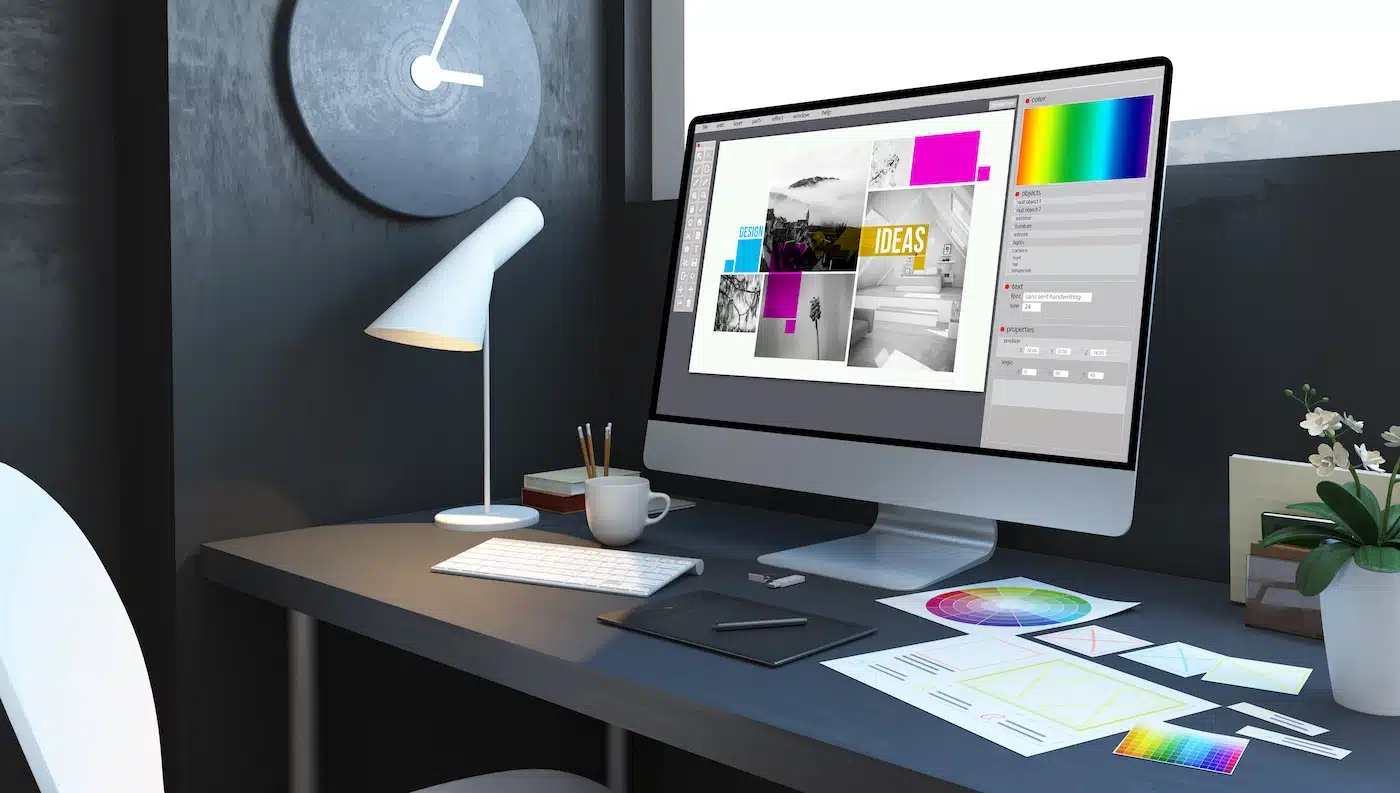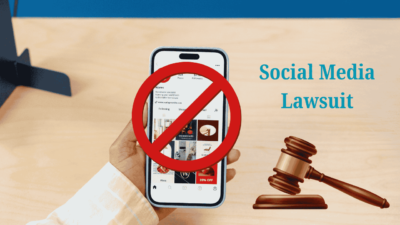Desktop publishing (DTP) refers to creating layouts and designs intended to be printed on paper rather than displayed on a screen or another medium such as film or vinyl record. While desktop publishing itself is not new, the tools that make it possible have advanced tremendously in recent years.
Using desktop publishing (DTP), you can design your company’s newsletters, brochures, and marketing materials that can save you time and money and provide you with more flexibility than traditional in-house design departments can offer. Before you commit to DTP services, it’s important to understand everything that goes into the process and to know what to look for in a company you hire to do this work for you.
A common misconception about desktop publishing (DTP) services is that they only cater to businesses or professionals with existing websites who want to publish content on their domain. DTP services can help anyone who wants to publish content with the same high quality expected in an advertisement or other official publication but without the high cost of hiring designers and developers. Here are the most important things you need to know about DTP creative design services.
What is Desktop Publishing?
Desktop publishing is a term used to describe a series of technologies that allows you to create professional-looking documents and other content for print.
The term has been around since about 1985 when Apple first introduced its Apple LaserWriter printer. Before that, most people who wanted to print their documents used a service bureau or a commercial printing press.
Desktop publishing changed everything by allowing anyone with a computer and some software to produce professional-looking documents on their desktop. And that is how desktop publishing services were born! These days desktop publishing means using tools like Microsoft Word, Adobe InDesign, and QuarkXPress (among others) to design and layout documents before printing. Desktop publishing has become so commonplace that many businesses now outsource it to professionals because of time constraints.
Benefits of using desktop publishing services:
Desktop publishing services are essential when using a computer for your printing needs. If you’re looking to have brochures or other pieces of printed material created, having desktop publishing services is an excellent idea. Here are some benefits of using desktop publishing services:
1) Quality: Desktop publishers know how to create attractive designs. The quality they produce can be top-notch.
2) Cost-effective: Desktop publishing services are cost-effective when creating brochures and posters. Desktop publishers also help reduce your costs by ensuring that your materials are on-brand, from logo design to social media posts.
3) Flexibility: Desktop publishing services give you a great deal of flexibility in printing and designing for print.
4) It helps in printing publications exclusively: When you’re looking to print something with a specific layout, desktop publishing services can help. With desktop publishing services, you have someone who knows what they’re doing when creating magazines and other print materials.
5) Better for complex page layouts: Desktop publishing services can help if you’re looking to create a magazine or other publication that has multiple columns. Desktop publishers know how to make sure that your layout looks great and flows well from one column to another.
6). Professional Results: Another benefit of desktop publishing is getting professional results without paying for outside service or employees. Instead, your business will look like a professional company without breaking your budget.
7). Easy-to-Use: Desktop publishing services have become easier than ever with new software programs that are easy to use and learn. This means you can create high-quality documents even if you don’t have much experience in desktop publishing.
A Glimpse at How a Digital Publishing Process Works
Digital technologies, like desktop publishing services, have become an integral part of how we share information. Here is how a digital publishing process works.
Step1: Create a digital document (also known as a digital master). This is where you can add graphics, text, and tables to your design. The master document can be created using any of several different file formats, including Adobe InDesign (IDML), QuarkXPress (QXP), Microsoft Word (.DOC or . DOCX), and Rich Text Format (.RTF), Adobe PDF (.PDF) and others.
Step2: Once you’ve finished your desktop publishing design and created a master file, it’s time to prepare that document for printing or online use. Most desktop publishing software provides print preview functionality, and most word processing software includes Adobe Acrobat Reader or Microsoft Office Suite. Both these are programs you can use to prepare your documents for distribution.
Step3: Once you’ve formatted your document, you’re ready to send it to an offline printer or convert it into a digital format that can be used online. Your desktop publishing software will likely have a built-in ability to prepare files for print on multiple devices for printing purposes.
Final Advice on Going Forward with the Decision
Although desktop publishing services have been in use for decades, they’re still a relatively new concept to many businesses. Before jumping into desktop publishing, it’s crucial to have a clear picture of what you want your finished product to look like.
Think about which page layouts will work best, and make sure you set realistic expectations with your designer/publisher before signing any contracts or making any payments. Everything else will fall into place once you know exactly what output you’re going for!




